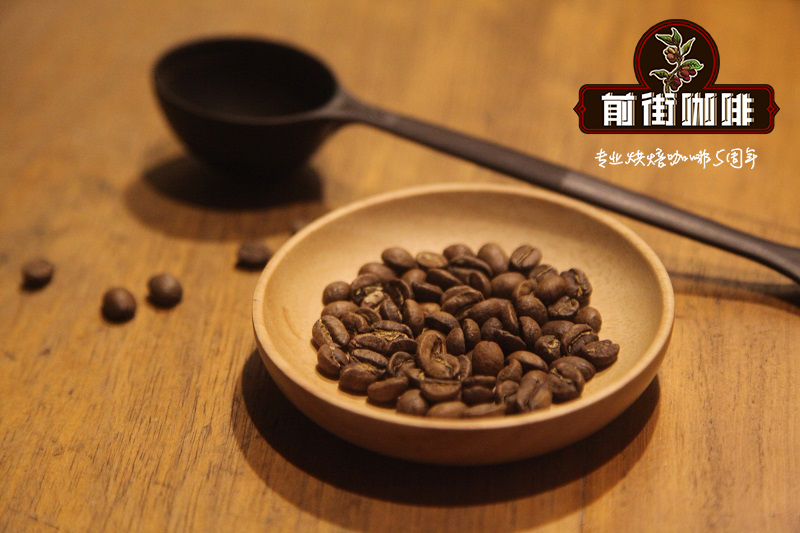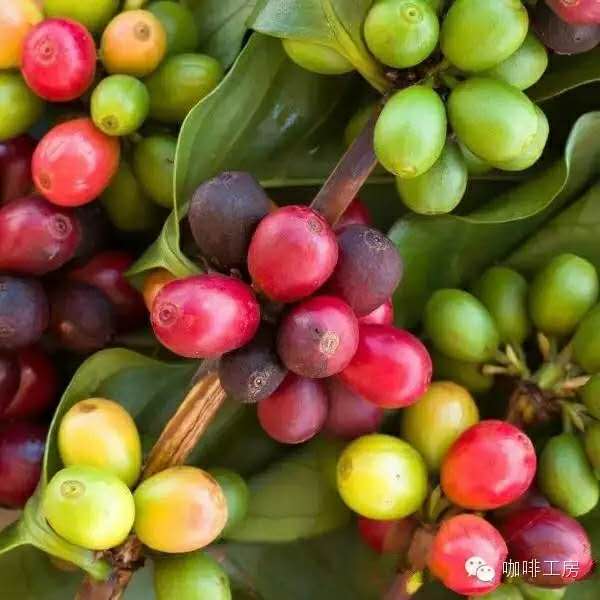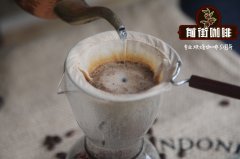FAZENDA CALIFORNIA Estates Washable New World Coffee Introduction| Brazilian coffee

FAZENDA CALIFORNIA 100% washing New World
Farm: FAZENDA CALIFORNIA, California
Variety: 100% New World
Treatment: washing
Altitude: 800 + m above sea level
Owner: Louis Rodriguez (Luiz Rodrigues)
Town name: Jacarezinho
Region: Norte Pioneiro do Paran á
Country: Brazil
Award: Brazil COE in 2015, 16th place

Norte Pioneiro do Paran á is located on the edge of southern Brazil and specializes in coffee production. The area is located at the bottom of the Tropic of Cancer "coffee belt", unlike the northern states of Minas Gerais and S ã o Paulo, which are characterized by warmer, more tropical climates.
For the past three years, the farm has been 100% mechanized, although Lewis's innovation has enabled them to do a special "selective" process to ensure that only the most ripe cherries are picked at a time.
The farm currently has five processing methods: complete washing (somewhat unusual in Brazil), natural pulping, black and yellow honey and natural honey. The picking process of each batch (usually the size of 30 bags) is usually determined by the climatic conditions at the time-especially dry conditions. Most of the coffee on the farm is wet-processed, which makes it more suitable for the cool and humid environment of the area. Honey processing is specially reserved for long sunny, warm weather. The wet treatment of Fazengda in California is unusual. After picking, the coffee is sent to the mill on the farm, where it is "double fermented".
This fermentation method-which Louis learned from a Nicaraguan farmer who won the COE prize-begins when freshly picked cherries are sent to the farm's flotation pool, where they are not floated and pulped, but stay on its skin for 24 hours, gradually pre-fermenting in "cherries." Then, the coffee is pulped again, fermented for 24 to 48 hours, then washed and sent to the patio to dry.
Because of the cool climate in the area, fully washed and fermented coffee is often tricky.
Coffee takes seven days to fully ferment, which leads to the risk of overfermentation and is too long for the size of the farm. First, beating in the cherry, the fermentation process has a controlled "initial stage", which also shortens the fermentation time after beating. The result is a better, more reliable fermentation in half the time. To cope with unpredictable weather, the farm also has an integrated drying system that combines the sun-dried patio and Guardiola's controlled use. Usually, coffee begins to dry in a centrifuge and the excess water is removed from the washing process.
The parchment was then sent to the vast patio on the farm to dry. When the humidity reaches 70% to 80%, the coffee is transferred to a mechanical dryer, where it dries slowly, even at a temperature of 30 to 40 degrees. After 7 to 10 days of rest and recuperation, it is dried until the humidity reaches 11%, and then sent to the farm warehouse for rest, grinding and exit.
Important Notice :
前街咖啡 FrontStreet Coffee has moved to new addredd:
FrontStreet Coffee Address: 315,Donghua East Road,GuangZhou
Tel:020 38364473
- Prev

Brazil Mogiana 17/18 Coffee Flavor Introduction| Mogiana Coffee Region in Brazil
Brazil Mogiana 17/18 is produced by farmers organized by the Mogiana Planting Area Cooperative, which is located between the Brazilian states of Sao Paulo and Minas Gerais. The Mogiana region is the most famous of Brazil's three main growing regions. The area has rolling hills and uneven terrain for small and medium-sized farms. As the world's largest coffee producer,
- Next

The second largest coffee producing area in Brazil-Esp í rito Santo | status of Esp í rito Santo in Brazil
Although coffee was introduced to Brazil in the northern state of Para, most of Brazil's coffee production is currently in the southeastern part of Brazil, mainly in Minas Gerais and Esp í rito Santo. Sao Paulo and Parana (click here to see Brazilian coffee) produced by state and region) Espiritu Santo is smaller than other Brazilian coffee producing areas, but this is
Related
- Detailed explanation of Jadeite planting Land in Panamanian Jadeite Manor introduction to the grading system of Jadeite competitive bidding, Red bid, Green bid and Rose Summer
- Story of Coffee planting in Brenka region of Costa Rica Stonehenge Manor anaerobic heavy honey treatment of flavor mouth
- What's on the barrel of Blue Mountain Coffee beans?
- Can American coffee also pull flowers? How to use hot American style to pull out a good-looking pattern?
- Can you make a cold extract with coffee beans? What is the right proportion for cold-extracted coffee formula?
- Indonesian PWN Gold Mandrine Coffee Origin Features Flavor How to Chong? Mandolin coffee is American.
- A brief introduction to the flavor characteristics of Brazilian yellow bourbon coffee beans
- What is the effect of different water quality on the flavor of cold-extracted coffee? What kind of water is best for brewing coffee?
- Why do you think of Rose Summer whenever you mention Panamanian coffee?
- Introduction to the characteristics of authentic blue mountain coffee bean producing areas? What is the CIB Coffee Authority in Jamaica?

